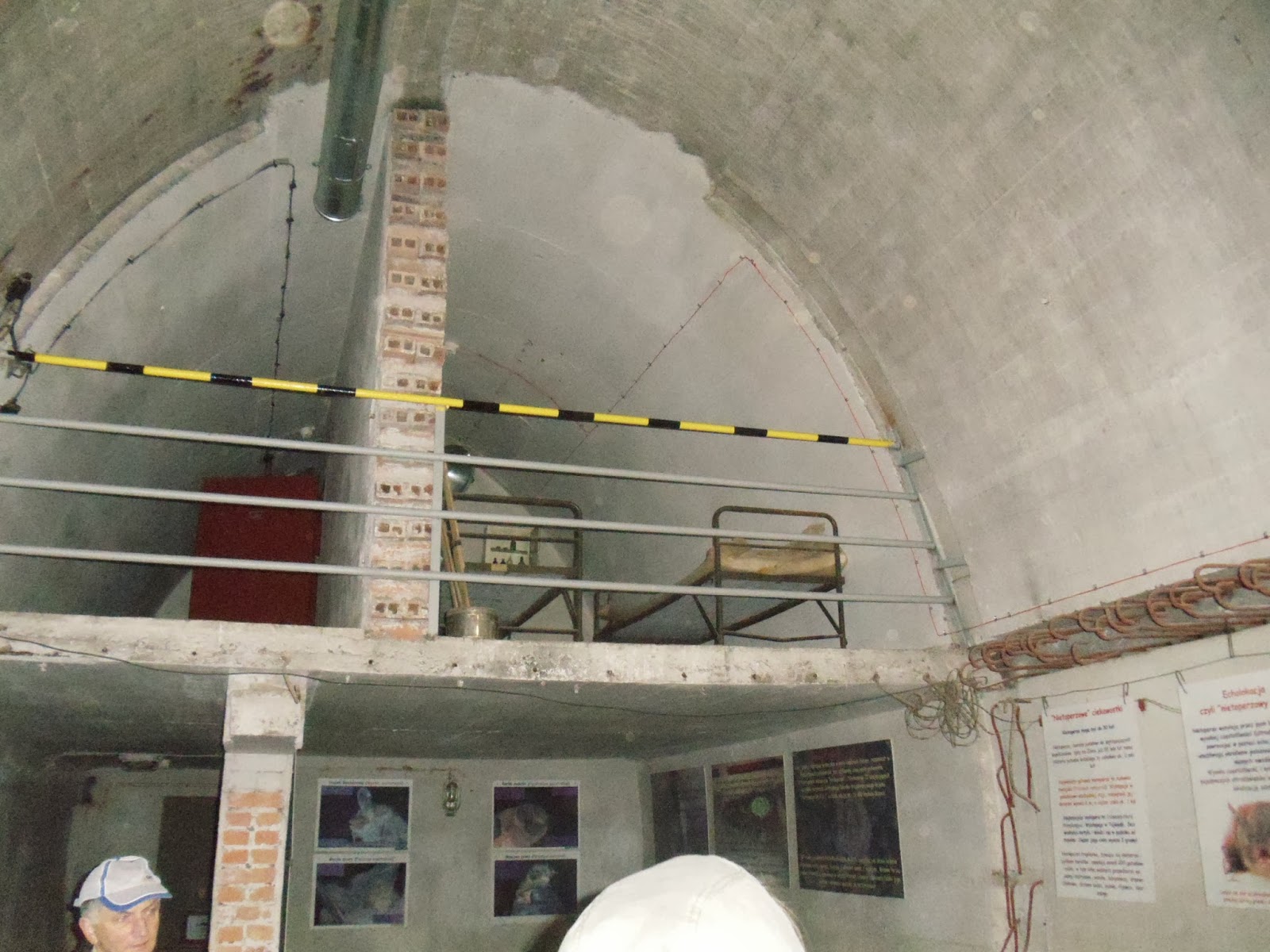I have met many people. So as many travel purposes - to see the art and visit museums, to discover nature and, of course, to party. But there are also people interested in specific issues, such as war, for instance. And this is the place especially for them - the Fortified Front Oder-Warthe-Bogen (MRU) (pol. Międzyrzecki Rejon Umocniony, ger. Festungsfront Oder-Warthe-Bogen)
Let's go back to the past, though. 90 years back. The original german plan for the II WW was to attack France, not Poland. Due to the alliance between those two countries, Germany had to defend its eastern border - Poland, in case of invasion, vowed to attack Germans from the East. The works started already in 1925 - Germany decided to strengthen the fortresses and fortify the rivers and natural water obstacles along the border. Although the most important, strategic part of the stucture, called "Lubuska Gate", was still not built.
 |
| Source: ruszajwdroge.pl |
However, because of the Fall Grun (Case Green), which completely changed the direction of the attack from France to Czechoslovakia, the whole fortification line became unnecessary. Furthermore, it would be useful during the I WW, but the rules have changed and the MRU became just a problem for the Germans. Eventually the system was conquered by the Red Army in 3 days in 1945. The reason why it was so quick is simple - it was defended by a small group of soldiers, mainly elders, who had no professional training and just ran away from the battlefield.
Until the beginning of the II WW Hitler finished about 30% of the plan. Along 100 km Germans managed to built 106 bunkers, of which 21 are connected together with a 31-kilometers long tunnels network 40 meters under the ground.
We have met our guide in the small museum, where is an opportunity to see original german mines and things left by soldiers during the war - guns, bags, outfits, documents etc. After a small introduction we went out to the 10-kilometer long system of protection against tanks called "the dragon's teeth" or "the camel humps" and afterwards we headed to the main attraction - the bunker nr 717.
 |
| The Dragon's Teeth |
If you have ever played the Call of Duty or the Medal of Honour you might feel in this place like on the mission. The first floor is an "life zone" and a place where the soldiers could defend themselves. Narrow corridors and makeshift toilets and bedrooms perfectly capture the atmosphere - you may have an impression, that the soldiers left the shelter just a few days ago. Even the telephone looks like it is about to ring with the orders. Let's move on deeper under the ground, though. We reach the most important part - magazine, barracks, engine room and... the railway station! There is even opportunity to try it! The reason of its existance is simple - 31 kilometers of tunnels is quite difficult to get through. The construction is impressive, but it is the end yet. As it turns out the system is also the home for... 35 thousand bats! In the winter they are sleeping on the walls of the corridors and in the niches we may meet even whole groups of them. The natural reserve was established in 1980 here - to save the hideout of those lovely creatures.
As a conclusion. Even if you are not someone, who spends every afternoon dressed like an officer with a metal detector looking for the bullets and soldiers' teeth it may be place for you. This is an unique enclave, where you can feel the climate of the II WW. However, the smallest amount of interest is required - otherwise it is going to be the 2,5 hour trip in the dark corridors, where some crazy bat can attack you. But for me it sounds interesting. How about you?













No comments:
Post a Comment